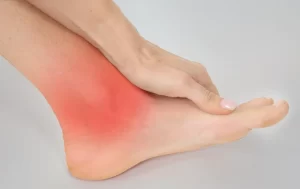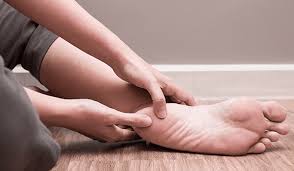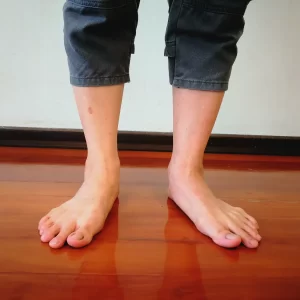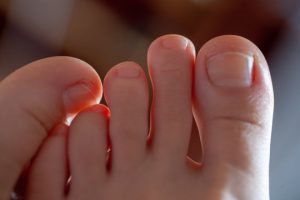
An ankle sprain can take anywhere from a few days to several weeks to heal, depending on the severity of the sprain. However, there are a few reasons why an ankle sprain may not be healing as quickly as expected, including:
- Insufficient Rest: One of the most common reasons for an ankle sprain not healing is insufficient rest. Continuing to put weight on the injured ankle can cause further damage and delay the healing process.
- Inadequate Rehabilitation: It’s important to properly rehabilitate the ankle after a sprain, including doing exercises to improve strength, balance, and range of motion. Failure to properly rehabilitate the ankle can result in weakness and instability, making it more susceptible to re-injury.
- Repeated Injury: Repeated injury to the same ankle can cause chronic pain and instability, making it difficult for the ankle to heal properly.
- Incorrect Diagnosis: In some cases, the initial diagnosis of an ankle sprain may be incorrect. If the ankle does not seem to be healing as expected, it may be necessary to reevaluate the diagnosis and consider other possible underlying conditions.
- Underlying Conditions: Some underlying medical conditions, such as arthritis or gout, can make it more difficult for an ankle sprain to heal.
If you are experiencing an ankle sprain that is not healing as quickly as expected, it’s important to see a healthcare provider or a podiatrist to determine the underlying cause of the problem. They can help diagnose the condition and recommend appropriate treatments, such as rest, rehabilitation exercises, or in some cases, surgery, to help improve the healing process and prevent further injury.









